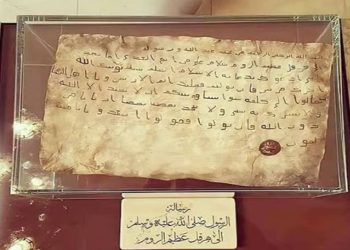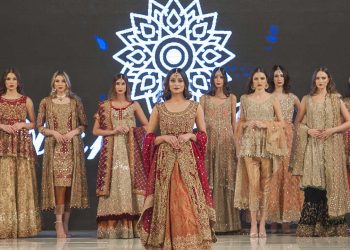Fashion in Pakistan has been evolved historically since it came into being and is an important part of its culture. Talking about fashion history in Pakistan, every era had its special touch in designs that were suitable to the people of that time. Being a rich cultural country Pakistan has always been connected to its roots and has a great variation in style and fashion through decades for different regions. We see a wide fashion variety as we move across the country. With shalwar qameez being the common traditional dress, every province has its own traditional clothing which adds to their style and represents their regional culture.
From wearing solid colors to wild prints and bright colors, from sarees to long baggy frocks from above-the-knee skirts to high-knee boots Pakistan,s fashion industry had it all. Regarding accessories, men and women have been enhancing themselves with fine adornments of gold, silver, pearls, and genuine gemstones for hundreds of years. However, with the expanding uncertainty of keeping gold locally and its fluctuating an incentive as speculation, individuals have slanted themselves towards design adornments.
These days we can see ladies blending their fine gems in with design ones, so as to adjust. There are brands that have begun to pay attention to the retail of style gems and making it one stride further. Brands have certainly empowered clients to receive rewards of premium quality design gems and other ladies embellishments. Its these brands that have advised ladies that there is a whole other world to mold than dress. Ladies can make singularity by embellishing. These embellishments can exhibit your character.
Pakistan: A Fashionable History
Regardless of whether through lively sacks or astounding gems, you can be as courageous and brave as you need. The book, Pakistan: A Fashionable History written by Mehr Fatima and Saad Sarfraz covers all the aspects of style business in Pakistan. The significance of the book lies in the fact that most of the things in Pakistan are seen through a political perspective while the entire social and regional history is being neglected so it completely covers all these aspects. Style isn’t only wearing clothes or a pattern, it is a remark on society and by the general public. It is a business.
The social character of individuals is represented through their sense of fashion. Post segment legislators turned into our style symbols and associated with the individuals through the garments they wore. Benazir Bhutto developed as a style symbol. Garments have likewise gone about as an enabling power particularly for ladies during the last part of the 70s and 80s when male/female garments was the standard and ladies were setting out to wear garments that didn’t smell of femininity yet in truth engaged them to assume responsibility for their personality.



